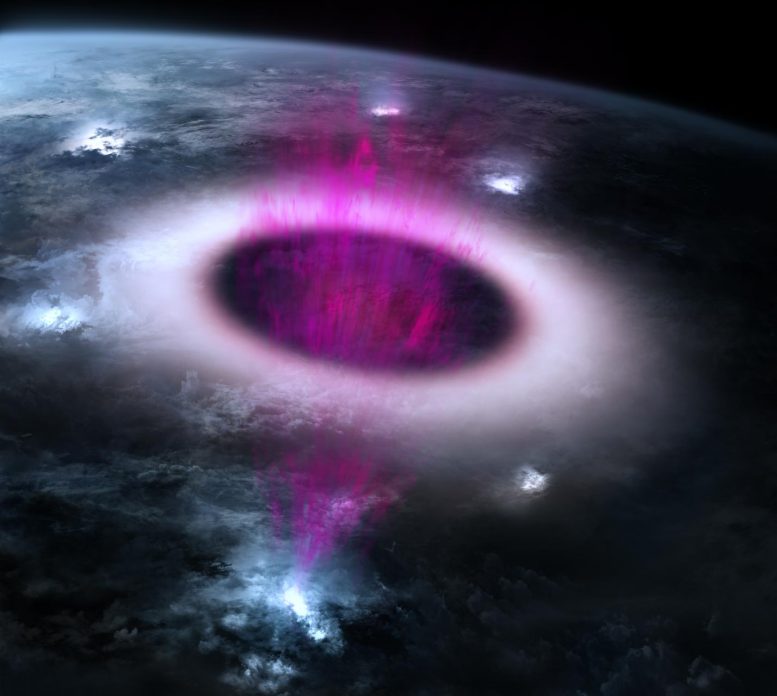
(Click image for full view.) Artist’s impression of multi-wavelength emission above a thunderstorm based on data from ASIM. The high electric field associated with lightning (light blue) generates a terrestrial gamma-ray flash (magenta). The resulting electromagnetic pulse causes an elve, or expanding ring of ultraviolet emission (red and white). Credit: Birkeland Centre for Space Science, Daniel Schmelling/Mount Visual
You have likely seen lightning flash from a storm cloud to strike the ground. Such bolts represent only a small part of the overall phenomenon of lightning, though. The most powerful activity occurs high above the surface, in Earth’s upper atmosphere.
Up there, lightning creates brief bursts of gamma rays that are the most high-energy naturally produced phenomena on the planet. Researchers recently measured these high-energy terrestrial gamma-ray flashes, or TGFs, using instruments on the International Space Station. The work helps reveal the mechanism behind the creation of the bright flashes we call lightning.
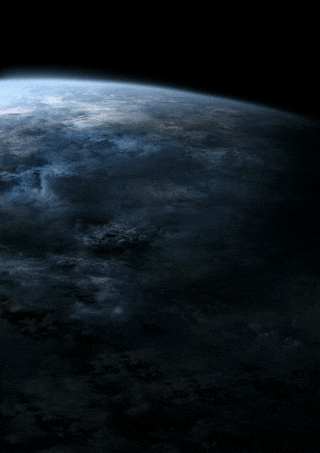
Animation of a terrestrial gamma-ray flash or TGF followed by an elve as observed by the Atmosphere-Space Interactions Monitor (ASIM). Credit: Birkeland Centre for Space Science and Mount Visual
The instruments are part of the Atmosphere-Space Interactions Monitor (ASIM), an Earth observation facility on the outside of the space station used to study severe thunderstorms and their role in Earth’s atmosphere and climate. ASIM recorded other types of upper-atmospheric lightning known as transient luminous events (TLEs) in addition to TGFs. ASIM’s high-speed instruments helped researchers to determine the sequence of events that produces TGFs, as reported in a paper recently published in the journal Science.
“With ASIM, we see how the atmosphere and clouds bubble like a pot of stew on the stove,” says Torsten Neubert of the National Space Institute, Technical University of Denmark and lead author on the paper. “Convection brings humidity, dust and other particles into the upper atmosphere where they affect Earth’s radiation balance. Lightning is a measure of convection and can be relatively simple to put into weather and climate models.”
Lightning is a rapid discharge of electricity that temporarily equalizes opposite charges within a cloud or between a cloud and the ground. Charging of the cloud is powered by convection, with lighter ice particles carried aloft and heavier particles falling under the pull of gravity. When these particles collide, they exchange charge, and the lighter particles carry positive charge up while heavier particles take negative charge down. The atmosphere acts as an insulator between these electrical fields until the strength of the charge overpowers the insulating properties of the atmosphere. Then the lightning leader – actually a long spark – forms between regions of the cloud or between the cloud and the ground, occurring so rapidly that it is hard for humans to see. When the leader connects to the ground, we see a bright flash of high current: the lightning stroke.
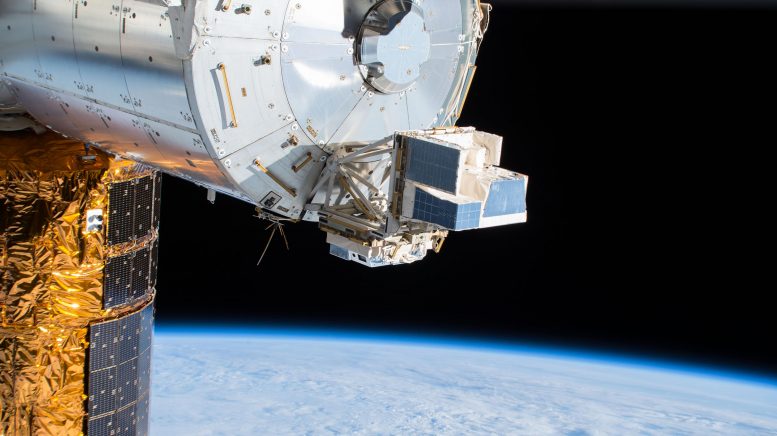
The Atmosphere-Space Interactions Monitor (ASIM) investigation installed on the International Space Station’s Columbus External Payload Facility (Columbus-EPF). Photo taken by the ground-controlled External High Definition Camera 3 (EHDC3). Credit: NASA
Neubert and his team observed a TGF occurring at the onset of a lightning current pulse, which then generated an elve. Elves are expanding waves of ultraviolet emission in the ionosphere above a thunderstorm, like cosmic ripples from a pebble dropped into water. Measurements suggested that the onset of the current happens quickly at high amplitude and that the gamma-ray flash is generated by electric fields associated with the lightning leader. These observations provide evidence of a connection between TLEs and TGFs.
When a thunderstorm generates very high energy electrons that burst out into the upper atmosphere, they last only milliseconds but emit X- and gamma-rays that ASIM can measure. The experiment helped pinpoint what happens as these electrons are released.
“As lightning winds its way through a cloud, the atmosphere ahead may break down into a very fast pulse of very high current,” Neurbert says. “In the process, it flings out electrons, which create the bright flashes. Understanding this process opens up the inner life of lightning.”
Because lightning is dangerous, scientists tend to study it in the lab, but that cannot get to its true nature, Neubert adds. “We can use this new information on how high energy radiation is generated to learn more about the processes inside lightning.”
TGFs occur at altitudes well above normal lightning and storm clouds, so measuring them is challenging. As the lowest platform in space, much lower than satellites, the space station places ASIM closer to what it measures. ASIM’s instruments also point directly downward from the space station, making it possible to catch as many of the photons in a lightning flash as possible.
Another NASA instrument, the Lightning Imaging Sensor (LIS), measured characteristics of lightning for 17 years beginning in 1997, but the satellite’s orbit covered only between 35 degrees north and south latitudes, primarily the tropics. An identical LIS mounted on the space station in 2017 expanded that coverage to between 56 degrees north and south latitudes. LIS data helped scientists examine the relationship between lightning and severe weather. Comparing ASIM data with that from LIS and other instruments helps make it more useful for weather predictions, Neubert says.
Ultimately, ASIM helps scientists better understand how thunderstorms affect Earth’s atmosphere.
“We soon will have continuous and almost full global monitoring of lightning from U.S., European and Chinese instruments in geostationary orbit. This coverage will improve weather and climate forecasts, provided you know how to use the data. That is where we hope ASIM helps,” Neubert says. “It’s an incredibly exciting time.”
Reference: “A terrestrial gamma-ray flash and ionospheric ultraviolet emissions powered by lightning” by Torsten Neubert, Nikolai Østgaard, Victor Reglero, Olivier Chanrion, Matthias Heumesser, Krystallia Dimitriadou, Freddy Christiansen, Carl Budtz-Jørgensen, Irfan Kuvvetli, Ib Lundgaard Rasmussen, Andrey Mezentsev, Martino Marisaldi, Kjetil Ullaland, Georgi Genov, Shiming Yang, Pavlo Kochkin, Javier Navarro-Gonzalez, Paul H. Connell and Chris J. Eyles, 10 January 2020, Science.
DOI: 10.1126/science.aax3872

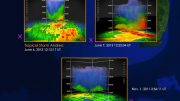
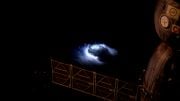
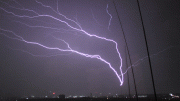
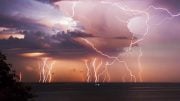

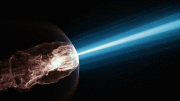
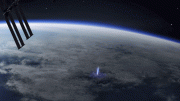
Shouldn’t the singular form of “elves” be elf?
It is elf for one elf and elves for many elves